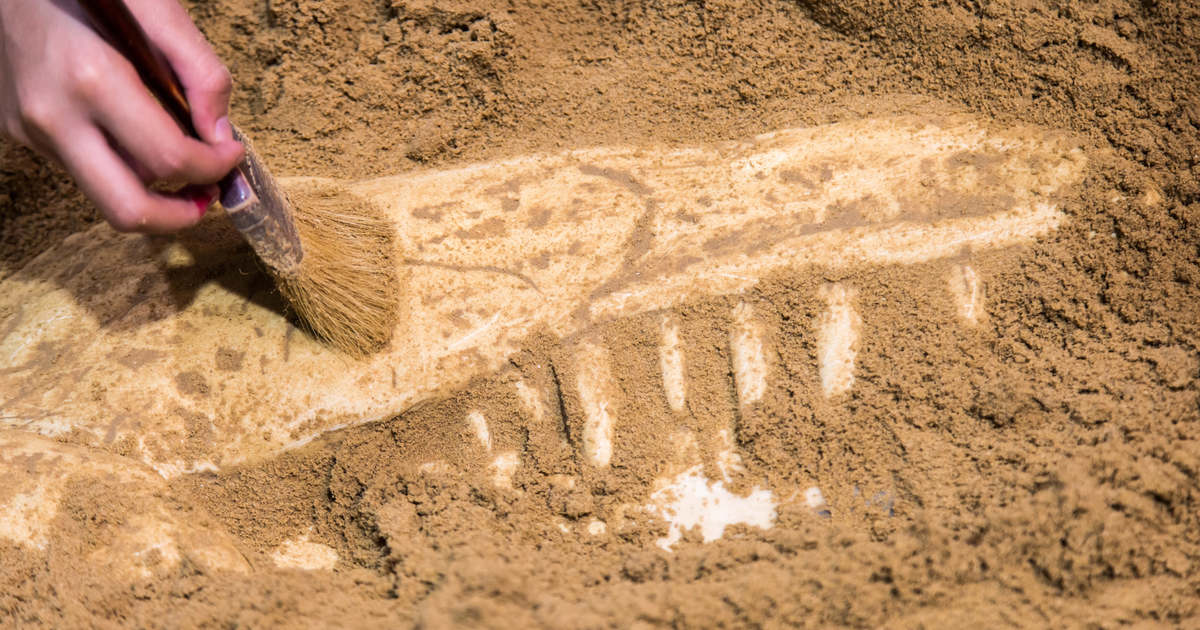Argentine researchers have discovered the surviving skull of a carnivorous dinosaur that lived 85 million years ago in Patagonia.
Do not miss this!
Tourism is restored in Hungary
The dinosaur, called Llukalkan aliocranianus, may have been about 5 meters long and belong to the carnivorous Abeliszaurids family.
These medium-legged dinosaurs, short skulls, sharp and serrated teeth, extremely short forelimbs, and thin fingers, often with unusual margins and tiny horns on their heads, lived in what is now Crete and other areas of the Southern Hemisphere. interval.
Barely 700 meters from the fossilized skull of Llukalkan, researchers had previously excavated the remains of another appliquid, Viavenator exxoni.
“It is very uncommon to find two species of abilisoride that lived in the same area at about the same time.”
Federico Giancini, a paleontologist at the Argentine State Center for Science and Technology (CONICET) and San Luis National University, who is the lead author of a study published in the Journal of Vertebrate Paleontology.
“The Llukalkan was a little smaller than the Viavenator, but if they lived together, they must have shared the same membership segment, looking for the same thing, which means they competed with each other and could even devour each other.”
The expert explained. he added:
“Today, predators of different species but in the same family, such as lions, leopards and leopards, live together in a specific ecosystem.”
The Llukalkan’s skull was about 50 cm long. Specialists found a large percentage of the skull bones, including the skull.
“One of the special features of this dinosaur is that, unlike other abilisorid species, it had cavities in the ear region, which would imply a unique hearing ability, and possibly a greater auditory range.”
Gianchini said.
Based on the muscular system of the jaw, the researchers came to the conclusion that
Llukalkan, whose name is in the local Mapucian language so that a “person who has aroused fear” has a strong sting, easily tearing flesh from its prey with its teeth.
Although the remainder of the Llukalkan’s skeleton has not been discovered, based on the skeleton of other abeliszaurids, researchers estimate its weight may range from 1 to 5 tons.
Cover photo: illustration












































